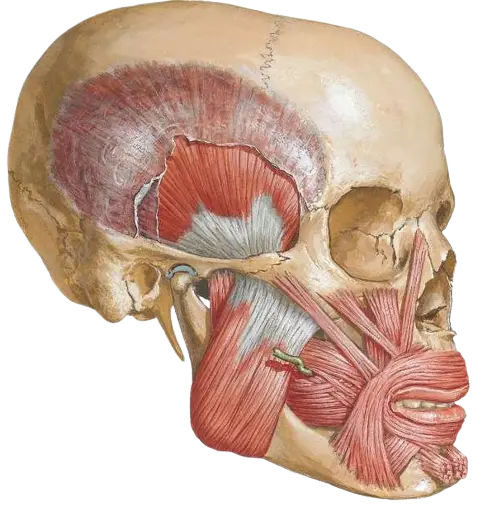Effect of myofunctional therapy in children with harmful oral habits in presence of dentomaxillary anomalies: scoping review
2022 - Volume 1 -
Issue 2
Summary
Most dentomaxillary abnormalities (DMA) are produced or favored by harmful oral habits (HOH), altering the neuromuscular balance. Myofunctional therapy (OMT) has been suggested as an adjunctive therapy, so this research focuses on the effect of OMT in DMA and to know the effect of orofacial myofunctional therapy (OMT) in children with HOH and its influence in development of dentomaxillary anomalies. A research in five databases was performed (Scopus, Pubmed, Cochrane, Scielo and EBSCO) with language restrictions (English, Portuguese, Spanish). Publications between January 2010 to June 2020 were included. From an initial search of 676 articles, 14 studies were selected according to the inclusion criteria, which showed changes in patients who received myofunctional therapy in the resolution of DMA. 85% of the selected publications reported positive changes to eliminate the harmful oral habits using orofacial myofunctional therapy. 42% of these studies reported a decrease in the recurrence of craniofacial alterations through myofunctional therapy. OMT is effective for patients with atypical swallowing and lingual interposition. However, HOH such as oral breathing, finger sucking, amongst others, had no conclusive statements, as the level of evidence obtained regarding these HOH was moderate, in addition to constituting a limited number of publications related to this topic.
Keywords
Myofunctional therapy, Malocclusion, Oral habits, Terapia miofuncional, Maloclusión, Habitos orales
How to cite
FACUSSE OMP, GONZÁLEZ AG, ROZAS MO, KAPLAN HM, MORGADO TJ. Effect of myofunctional therapy in children with harmful oral habits in presence of dentomaxillary anomalies: scoping review. Craniofac Res. 2022; 1(2):135-142.
